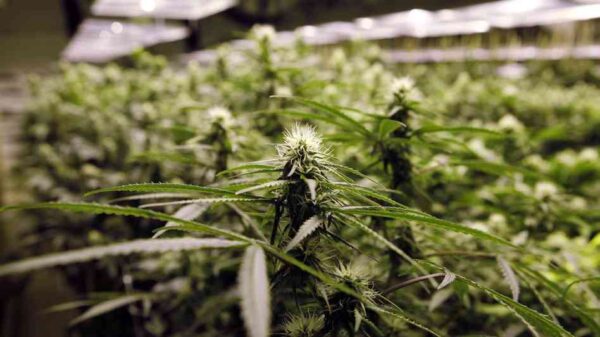It’s no secret that water is essential for all life on Earth. We need it to live, grow, and remain healthy. Our plants need it for the same reasons. Water is the vessel through which nutrients are delivered to plants’ roots. It keeps them hydrated as well, filling out their cells, which are primarily composed of water. Fluid also has a hand in helping plants regulate their internal temperatures. Without it, plants would simply wither away.
On the Other Hand
Of course, there are two sides to every story. If plants get too much water, they won’t flourish any better than they would in a drought. Their roots could rot, and their leaves will turn dark and curl up. Excessive moisture can make plants more vulnerable to mold and other pathogens as well. Growing strong, healthy plants is a matter of balance. If you’re growing marijuana outside, read on to learn more about properly watering and flushing your plants to help them thrive and produce the biggest possible yields.
Consider Moisture Levels Rather than Timing
A common concern among cannabis growers is how often the plants need to be watered. There’s no clear-cut answer here. Some plants need to be watered every day whereas others only need to be water a few times per week. Instead of basing your watering habits on timing, take your cues from the plants themselves.
Press your finger into the soil around the plants’ roots about one to two inches deep. If the soil is dry, the plants need more water. If it’s still moist, they’re fine. You can also look at the plants to determine if they’re getting enough water. Dry plants will begin to turn brown and look pitiful. Overwatered plants will be dark in color, and their leaves will appear curled rather than proud and straight.
Think About How Much Water the Plants Need
Cannabis plants only need a little water when they’re seedlings. As they grow taller and bushier, their needs will increase accordingly. Again, there’s no straightforward answer to how much water they’ll need. It’s best to water them until moisture pools on the surface of the soil but quickly soaks into the ground afterward. Don’t keep pouring until the soil is floating away. Be sure to water in a larger radius around the base of the plants as they get bigger, too.
Flushing When Needed
Plants require certain amounts of nutrients as they grow. If the plants start showing signs of stress and an overabundance of nutrients, like turning brown or developing discolored spots on the leaves, cease the nutrient regimen and give them a flushing period. That means simply giving them fresh water as opposed to adding more nutrients. Then, a week or so before harvest time, be sure to stop providing the plants with extra nutrients and flush them with fresh water as needed.
In the End
It’s important to let your marijuana plants tell you when they need more water as opposed to trying to tell them when they need it. Watch for the warning signs of over or underwatering. Keep an eye out for indications that the plants are getting too many or too few nutrients as well. These tips will help you keep your marijuana crop healthy and set you up for success when the time comes to harvest them.
